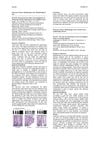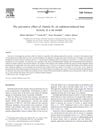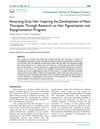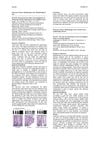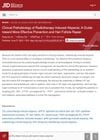Prostaglandin Related Distinct Regenerative Activities in Hair Follicles Following Radiation Injury
April 2019
in “
Radiotherapy and oncology
”
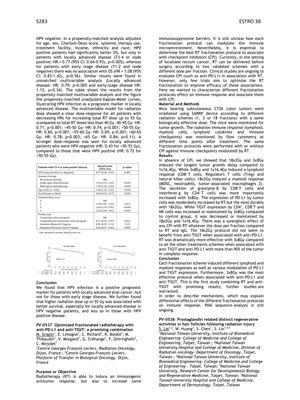
TLDR HPV infection is linked to better survival in advanced anal cancer, higher radiation doses improve survival, especially in HPV-negative patients, and prostaglandin E₂ pretreatment can protect mouse hair follicles from radiation damage.
The document from April 1, 2019, details a study that demonstrated human papillomavirus (HPV) infection as a positive prognostic marker for better overall survival in patients with locally advanced anal cancer, but not in early-stage disease. It showed that higher radiation doses up to 55 Gy improved survival, especially in HPV-negative patients with locally advanced disease. The study employed propensity-matched and multivariable analyses to account for factors like age, sex, and systemic therapy use, finding that HPV-positive patients had a hazard ratio (HR) of 0.77 for overall survival. A dose-response relationship was observed, with the greatest effect in HPV-negative patients at higher radiation doses. Additionally, the document reported on a separate study on immune responses to different radiation fractionation protocols in mice with colon tumors and the combination of radiotherapy with checkpoint inhibitors. It also mentioned research on the protective effects of prostaglandin E₂ (PGE₂) pretreatment on hair follicles in mice, which reduced hair loss by preventing the follicles from entering the regression and resting phases after radiation injury.
